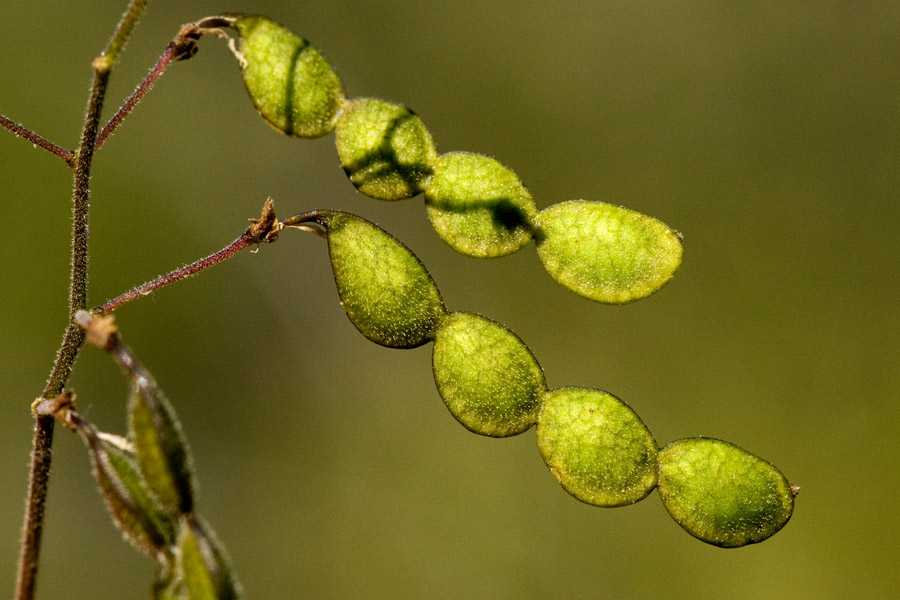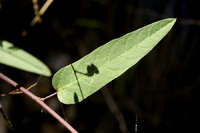- Home
- Search
- Images
- Datasets
- Sample Use
- How to Cite
- Additional Information
- About NEON
- NEON Data Portal
- ASU Biocollections
- About Symbiota
|
|
|
|
Family: Fabaceae
simpleleaf ticktrefoil
[Meibomia psilophylla (Schltdl.) Kuntze] |
|



